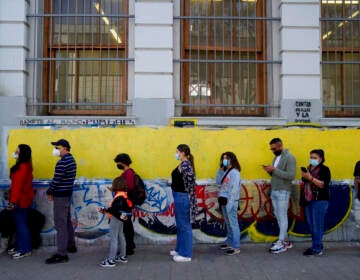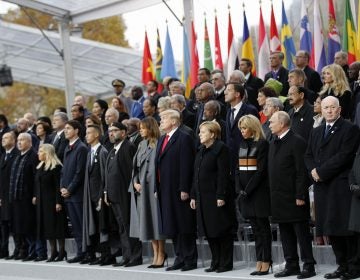D-Day’s 24 hours changed 20th century, and Europe, forever
"Some men cannot get enough of power," Shay said. "And it still continues today."
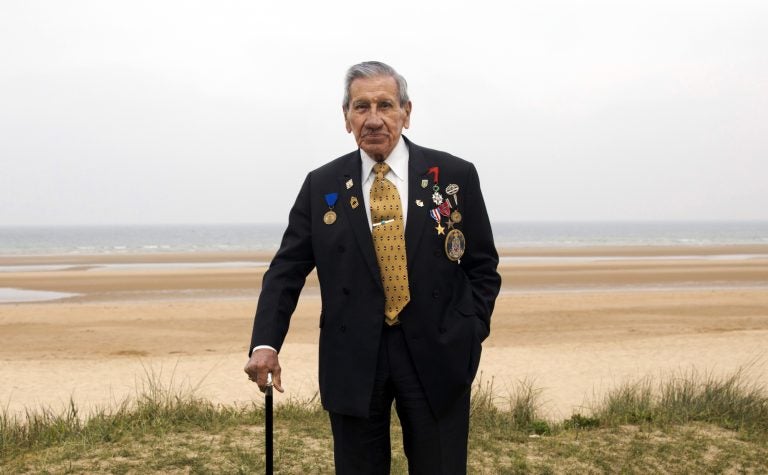
World War II and D-Day veteran Charles Norman Shay, from Indian Island, Maine, poses on a dune at Omaha Beach in Saint-Laurent-sur-Mer, Normandy, France, Wednesday, May 1, 2019. Shay was a combat medic on D-Day, assigned to an assault battalion in the first wave of attacks on D-Day, June 6, 1944. (Virginia Mayo/AP Photo)
All at once, Charles Shay tried to stanch the bleeding from a ripped-open stomach, dull the pain with morphine and soothe the mind of a dying fellow American army medic. It was a tall order for a 19-year-old who had just set foot on the European mainland for the first time.
But nothing could have prepared him for what happened on June 6, 1944, on five cold, forbidding beaches in northern France. It was D-Day, one of the most significant 24-hour periods of the 20th century, the horrifying tipping point in World War II that defined the future of Europe.
That morning, Shay could not yet fathom what the event would ultimately mean. He was more concerned with the bleeding soldiers, body parts and corpses strewn around him, and the machine-gun fire and shells that filled the air.
“You have to realize my vision of the beach was very small. I could only experience what I could see,” he told The Associated Press, speaking from the now-glimmering Omaha Beach, where he landed 75 years ago.
International leaders will gather again this week to honor the dwindling number of D-Day veterans. U.S. President Donald Trump is set to join a commemoration Wednesday on the southern English coast in Portsmouth before traveling to Normandy and the U.S. cemetery at Colleville-sur-Mer, which stands on a bluff overlooking the English Channel where some 160,000 made the perilous D-Day crossing.
There, Shay plans to be among the crowd Thursday to welcome Trump as he pays homage to 9,388 dead Americans, most of whom lost their lives on D-Day or in the aftermath of the Normandy offensive.
After World War II, Shay continued to witness history — fighting the Chinese during the Korean War, participating in U.S. atomic tests in the Marshall Islands and later working at the International Atomic Energy Agency in Vienna. With all the wisdom gathered in his 94 years, he knows another war can never be discounted.
“Some men cannot get enough of power,” Shay said. “And it still continues today.”
These days, crimson wild roses bloom where blood seeped into the Normandy dunes, and American flags whip in the westerly winds, many flown by locals still grateful to the U.S. soldiers who liberated the first French soil from four years of Nazi occupation.
Omaha and adjacent Utah Beach were America’s to take, but similar acts of sacrifice and heroism happened on three other beachheads to the east where Britain and Canadian troops sought to break Hitler’s stranglehold on the continent. In all, the invasion covered 80 kilometers (50 miles) of French shoreline.
Shay survived, but he did not talk about the experience for well over half a century.
“So many dead. So many young men, young boys, killed on the spot,” he said. “It was difficult to see and absorb.”
‘Didn’t know what I was getting into’
When Shay, a Penobscot native American from Indian Island, Maine, was born in 1924, the world was only starting to recover from World War I, which had been a coming-of-age moment for the United States. U.S. intervention proved decisive in beating Germany and heralded the century ahead.
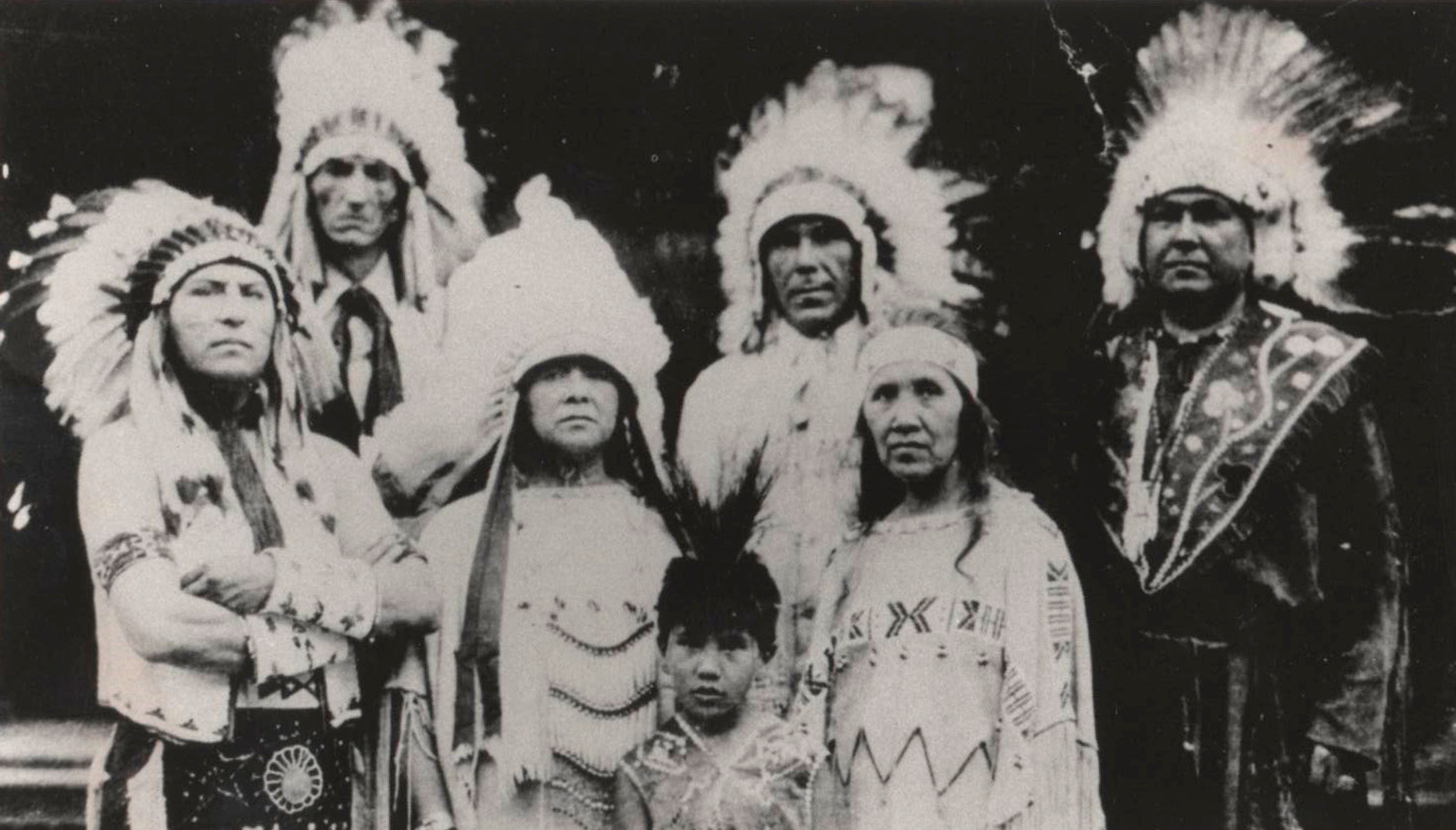
Shay was barely 5 when the Great Depression hit. As a child, nicknamed Little Muskrat, he and his family performed in ceremonial native garb and sold traditional goods.
“My aunt employed me as a young Indian dancer,” he said. Times were tough.
Across the ocean, Germany also faced economic misery that, together with lingering bitterness over its defeat in the war, paved the way for Adolf Hitler’s rise.

When containment failed, a war in Europe erupted again in 1939, and Hitler’s Nazis swarmed over much of the continent. They took Paris and were quickly at the Normandy coastline. Britain, across the English Channel, remained out of reach.
The United States, which had slumbered into isolationism after its victory in 1918, entered World War II after the Japanese attacked Pearl Harbor on Dec. 7, 1941. Germany declared war on the U.S. in support of its ally.
The rumble of war was quickly closing on Shay. He was trained to be a machinist but could not get a job because he was expected to be drafted into the Army.
So before he knew what life was really about, Shay found himself in a hammock in the hold of the RMS Queen Elizabeth. He was sailing from New York to England, his final destination unknown.
“I never had a sense of fear because I didn’t know what I was getting in to,” Shay said.
To ease pressure on his homeland, Soviet leader Joseph Stalin had increasingly leaned on the United States and Britain to open a second front on Germany. In November 1943, he was promised as much for the upcoming spring. Soon, Shay found himself training for the biggest amphibious operation in history.
The Germans knew an invasion was coming but had no idea when or where, and the most likely options were 250 miles apart. Hitler prepared an Atlantic Wall of defenses.
England and Normandy’s notoriously fickle weather thwarted possible attacks as April passed into May and June. Then, finally, it was time for Gen. Dwight D. Eisenhower to distribute the orders that he had honed for months.
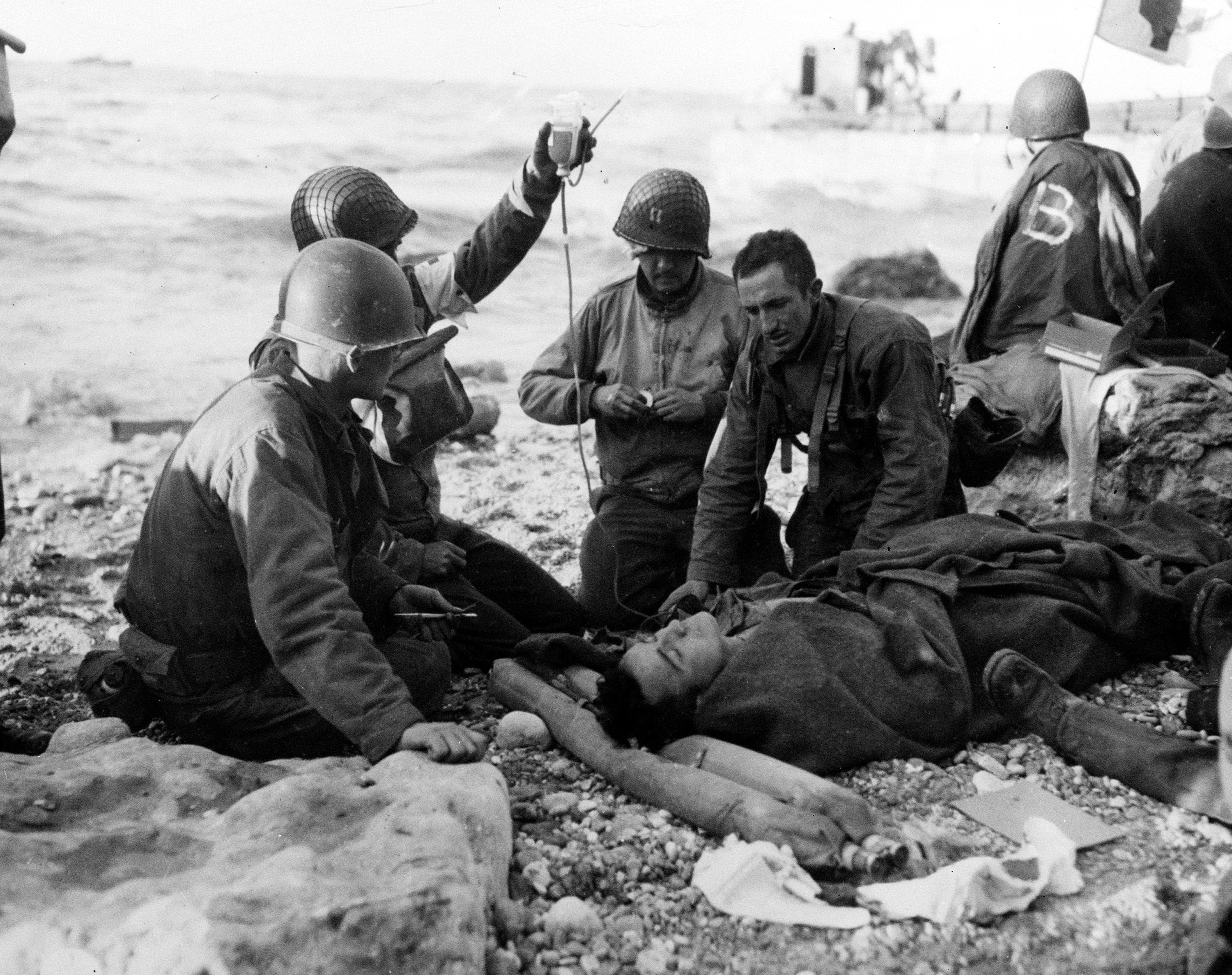
“The eyes of the world are upon you,” he told his men. “You will bring about the destruction of the German war machine, the elimination of Nazi tyranny.” The death toll was sure to be enormous.
On the two American beachheads, the United States suffered 2,501 killed in action on June 6, 1944. In all, an estimated 4,414 men died on that single day, according to the latest figures.
“However, it was absolutely necessary,” said Scott Desjardins, the superintendent of the American cemetery off Omaha Beach.
WHYY is your source for fact-based, in-depth journalism and information. As a nonprofit organization, we rely on financial support from readers like you. Please give today.


